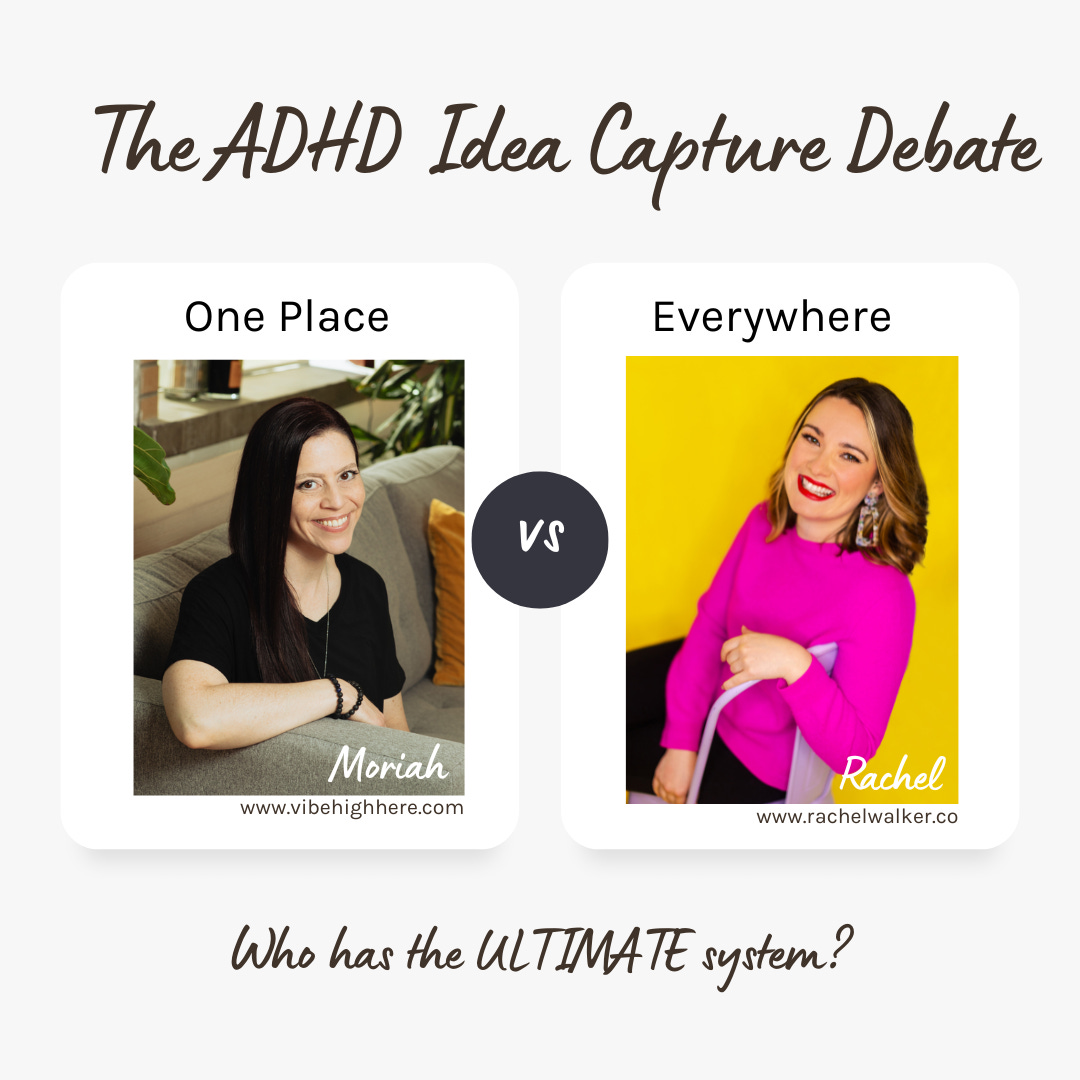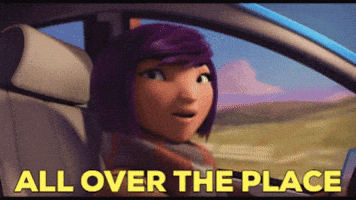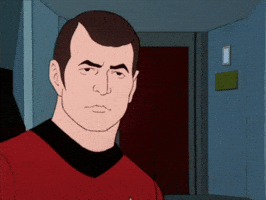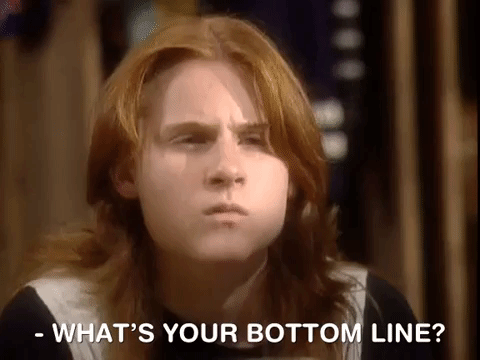The ADHD Idea Capture Debate: One Place vs. Everywhere
Two coaches debate the best way to capture tasks and ideas without losing them
Last month I wrote about how the ADHD experience is a non-linear one in the article “Time doesn’t exist so how can we be time blind?” In the tips section I suggested using a "multi-capture system" for recording your ideas and tasks e.g. capture them across notes, phone apps, systems.
“Your brilliant ideas don't follow a filing system, so don't force them into one.”
Moriah Bacus, Project Manager and Accountability Coach, read my article and got curious. She emailed me and asked:
“The multiple capture system - how do you know where to find what you need and/or leverage what you've captured? Do you have a separate step to gather everything into one place on some sort of periodic basis?”
THIS is a very important question. Surely if you capture in chaos, then the experience of retrieving and working with that information is also chaos.
And what’s the point of recording a great idea or noting down an important to-do if you’re unable to find it later?
So Moriah and I did what any two people passionate about productivity systems do: we got on a call to hash it out. What emerged was a fascinating discussion about two different approaches to the same problem, and some areas of alignment that get to the heart of solving this debate.
Let’s dive in…
The Case for One System Only
Moriah's philosophy is clear: pick one system to capture your ideas and to-dos.
Her advice to her clients is to choose a single location for capturing everything, whether that's Evernote, Notion, or whatever works for them. The important thing is you have one place that is easily accessible across devices.
"Multi-capture systems increase the likelihood of losing stuff," she explained during our call. "It takes up so much more mental space to have to remember where you put different things. There's a lack of efficiency, and it's harder to retrieve information."
Her point hit home: when you have multiple capture points, you're constantly making decisions about where to store something instead of just capturing it. The mental overhead adds up quickly.
The other benefit of the single capture system as Moriah explains, is that you can have one standardized tagging system to categorize your input. For example, tagging by pillars such as life areas, or type. This makes retrieving the information so much easier because all you need to do is go to one place, and filter by your tags.
Moriah currently uses Asana as her one place for everything - content ideas, client work, to-dos. The key is accessibility: she has Asana across all her devices so it’s as easy as possible to record in there.
And for all you folks currently thinking ‘but what about when the novelty inevitably wears off and the system stops working!?” Don’t worry, Moriah’s got you covered. The point is not to have one-system that you have to use forever. It’s to only have one-system on the go at once. If it stops working, make a change!
But more on that later…
The Case for a Multi-Capture System
Here’s where I disagree slightly from my own experience.
When I capture something in one of my multiple systems, I’m not making a decision about where to capture it - so that step doesn't take up mental space.
The reason why I struggle with a single-capture system is because when I’m recording an idea or a to-do item, what I want to prioritize is the quickest and easiest way to record it.
In a world where everything makes sense, surely that’s the Evernote app I set up on my laptop and phone for this very purpose? As Moriah explained, accessibility is everything so the quickest and easiest way is to make your single system accessible.
But in Rachel land what is quickest and easiest doesn’t always make sense. My brain associates some things with certain places, and no matter how much I try to put everything in one place I always end up diverging. And believe me, I have done A LOT of experimenting with this over the last 15 years.
There is an organized chaos to my approach, which I’m sure will have all you ‘one-systemers’ feeling a bit nauseous 😅
Client notes → Evernote
To-dos → notebook or phone notes app → Finch app when I’m prioritising my focus for the day or week
Video or article ideas → phone notes if they’re just a line / Google Drive if they’re more fleshed out
But of course this brings us back to Moriah’s original question - how do you know where to find what you need and/or leverage what you've captured?
The important balance to strike is not to let your need to make the recording be quick and easy (however your brain interprets that), make things more difficult for you when it comes to retrieval.
Let’s talk about what Moriah and I agreed on.
The Core Principles of Your System
Despite our different approaches, Moriah and I converged on several crucial points:
Systems should make thinking easier, not harder
As Moriah put it: "We should create systems that make it easier for us to not have to put much energy into thinking." Whether you use one system or many, the goal is reducing cognitive load, not adding to it.
In a single-capture system: You eliminate decision fatigue about where to put something. Your brain learns one pathway: "I have an idea → I open Notion → I record it." No mental energy wasted on choosing between options.
In a multi-capture system: You work with your brain's natural associations rather than forcing it into an artificial structure. If your brain wants to scribble meeting notes in a notebook and voice-memo ideas while walking, you honour that instead of fighting it.
Retrieval is everything
It doesn't matter how you capture information if you can't find it later. Both approaches require a system and process to retrieve information.
In a single-capture system: Everything lives in one searchable place with consistent tags. Moriah uses standardized naming conventions across her Asana setup and makes tagging part of her capture process. Save an idea, then tag it. Every single time.
In a multi-capture system: You need to know your own patterns and create bridges between systems. My retrieval process is likely longer and more laborious than a single-capture system, but there’s something about the ritual of locating and sorting my ideas and to-dos that gets me into the right headspace to actually action them.
Periodic reviews are non-negotiable
We both agreed that regular reviews are essential. Without this, even the best capture system becomes a digital junk drawer where good ideas go to die.
In a single-capture system: Schedule time to review your tags and archived items. Go through your "someday/maybe" category quarterly to see what's still relevant.
In a multi-capture system: Create a routine to sweep through all your capture points. I try to do a weekly "idea harvest" where I move phone notes into proper folders and transfer notebook items into my digital to-do system. If I forget to do it regularly, I do it when I’m starting to feel unsettled by the chaos and when the ‘mess’ is starting to make things more difficult.
Know when to switch
This was perhaps our strongest point of agreement: stick with your chosen system until it stops working. Maybe the novelty wears off, maybe your needs change, maybe the tool itself becomes obsolete. When that happens, let yourself change your system.
In a single-capture system: When you stop using it consistently or find yourself creating workarounds, it's time for a new tool. If you keep putting things elsewhere despite your best intentions, listen to that signal.
In a multi-capture system: When the retrieval process becomes too complex or you're losing too much information, it might be time to consolidate. If you can't remember where you put something important, the system needs simplifying.
What about collaboration?
There’s another important factor here which I’ll touch upon (because I could write about all this for DAYS), but Moriah’s one-capture system approach is the ideal if you are working on projects WITH other people, something she knows all too well as a Project Manager.
A multi-capture system that makes sense for the specific associations my brain makes, doesn’t necessarily translate to someone else. That’s okay if you work solo, but what about when you don’t?
In the past, I’ve worked in teams and across projects and have had to work out how to translate my system of organized chaos into something that makes sense to others. It does require some additional steps but as an eternal pragmatist I’ve accepted this reality - I need to start with what makes sense for me then work towards what makes sense for others, not the other way around.
The Bottom Line
The real insight here isn't that one approach is better than the other, but that the principles matter more than the specific method. Whether you're team one-system or team multi-capture, focus on:
Making capture as frictionless as possible
Building robust retrieval through consistent tagging
Scheduling regular reviews
Being willing to evolve when things stop working
The best system is the one you'll actually use. For some people, that's Moriah's disciplined single-system approach. For others, it's embracing the chaos of multiple capture points while building strong processes around them.
What matters is being honest about how your brain works and designing your systems to support you.
What's your take? Are you team one-system or team multi-capture? Reply to this email or leave me a comment on Substack. I'm genuinely curious about what works for different people!
More from Moriah:
Website: VibeHighHere.com | Grab this free tool: The Visionary’s Prioritization Playbook | Moriah’s Playlist: Flow State of Mind: Music for Focus + Inspiration
More from Rachel:
📽️ Youtube | Work with me 👯 1:1 Coaching | Quick Access ADHD Support | Group Programme | Workshops & Speaking







What a great discussion! I am Team Multi-capture. (btw found you from your 2 hour pomodoro body doubling video on yt.)
I loved collaborating with you on this article, Rachel! I'm looking forward to hearing what your readers think! :)